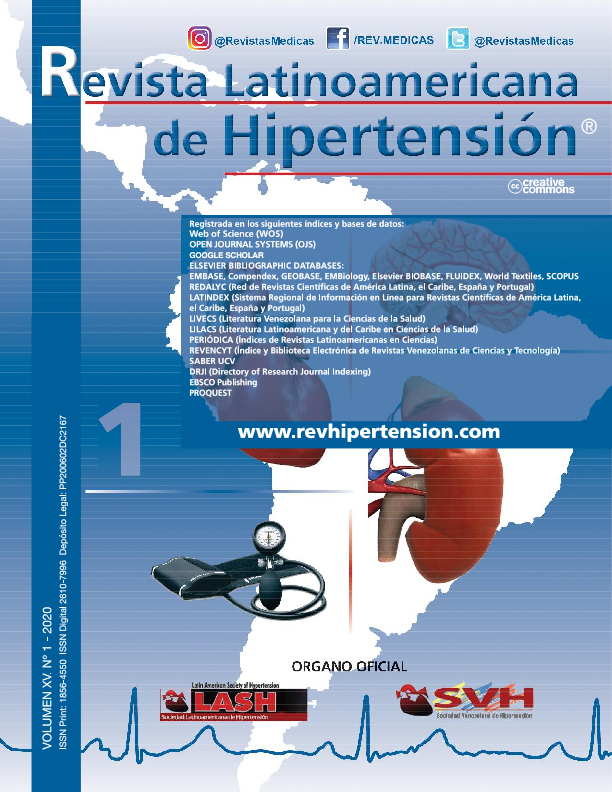The role of micronutrients and vitamins in the prevention and remote treatment of heart failure
Palabras clave:
vitamins, minerals, concentration, deficiency, arrhythmia.Resumen
The purpose of this study is to study the roleof vitamins and trace elements in the preventionof cardiovascular diseases (arrhythmias) inchildren. In 2015-2019, 300 children of the experimentalgroup, 141 girls and 159 boys with diseases associatedwith heart dysfunctions were examined. The average ageof children is 11.2±1.2 years, the interval is from 6 to 16years. The second, control group included 150 healthychildren, 81 boys and 69 girls, the average age of thechild in this group was 11.6±1.2 years. Children from thecontrol and experimental groups lived in the same city(Orenburg, Russia; Grozny, Russia), in identical climatic(environmental) conditions. The concentration of traceelements in the hair and the level of vitamin D, B9 andB12 in the blood was determined using the method ofatomic emission spectrometry and the immunochemicalmethod, respectively. A 1.4-fold higher frequency of occurrenceof vitamin D deficiency or deficiency was foundin the experimental group (p≤0.001). As for the deficiencyof vitamins from group B, it was detected exclusivelyin patients with impaired heart function. Calcium deficiencywas found in 267 children from the experimentalgroup (89%) with cardiac abnormalities compared with60 children from the control group (40%, at p≤0.001).A similar trend was recorded for magnesium: deficiencywas found in 270 children (90%) from the experimentalgroup with a deficiency of vitamin D compared with 51(34%) children from the control. (p≤0.001). The values ofPearson correlations (at p≤0.05) between the deficiencyof vitamin D and the low concentration of the chemicalelements, in particular, calcium (0.95), magnesium (0.92),manganese (0.89), phosphorus (0.87), zinc (0.84), wereobtained. For four elements, the dependences were obtainedbetween a low concentration of vitamin D and anincreased concentration of these elements: lead (0.89),strontium (0.83), nickel (0.84), and aluminum (0.79). Inchildren with cardiac abnormalities, the concentration ofvitamins is 1.5–2 times or more significantly lower comparedto the control group. For the risk of disturbances inthe heart, a concentration of vitamin D at a level of 21.8ng/ml is sufficient, which slightly exceeds the minimumpermissible concentration of this vitamin. Since most ofthe chemical elements we studied are somehow related tothe concentration of vitamin D, the determination of thecritical concentration of this vitamin seemed extremely important.Children with vitamins D, B9 and B12 deficiency,have heart problems more often than the healthy childrenof the same age and living in similar conditions. For a third(5 out of 18) of the studied chemical elements there isa direct correlation between their low concentration andlow concentration of vitamin D in the blood plasma. For 4elements, a high concentration was established in conditionsof a lack of vitamin D (lead, nickel, strontium, aluminum).A high risk of arrhythmia may be associated witha concentration of vitamin D not exceeding 21.8 ng/ml.Descargas
Los datos de descargas todavía no están disponibles.

